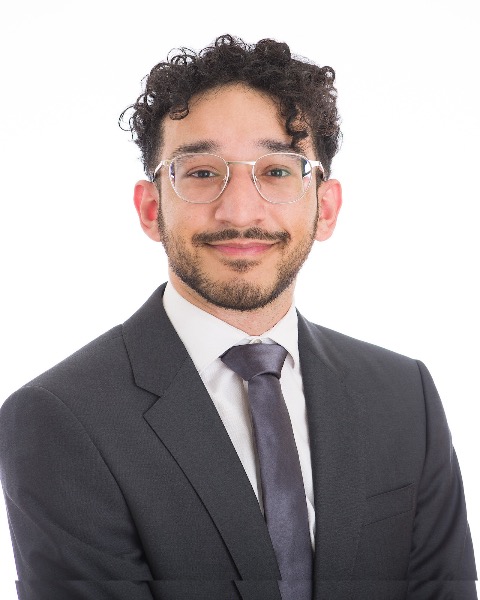Education
POSTER SESSION #2
P105 - VIRTUAL ECHO ROUNDS: A YOUTUBE BASED MODEL FOR GLOBAL ECHOCARDIOGRAPHY CME
Friday, October 24, 2025
5:30pm - 6:30pm ET
Location: Board 50

Muneeb Ahmed, MD
Internal Medicine Resident Physician
Mississauga, Ontario, Canada
Presenting Author(s)
Background: Live grand rounds seldom reach learners outside their host hospital. Since 2020 we have streamed weekly Virtual Echo Rounds from St. Michael’s Hospital and archived them on YouTube (www.youtube.com/@smhecho), combining the interactivity of synchronous teaching with the convenience of on demand review. Studies show that livestreamed CME can match in person formats for learner engagement and teaching effectiveness.
METHODS AND RESULTS: As of 13 April 2025, the channel contained >130 videos, 5 710 subscribers, and—during the most recent 28 days—11 589 views, 1 313 watch hours, and 211 new subscribers. Viewers from at least 26 countries (led by the United States, Canada, and India) underscore the platform’s international reach. YouTube’s in video analytics pinpoint the moments with the highest audience retention, allowing us to refine future content and build targeted playlists for beginners, sonographers, and point of care ultrasound users.
Conclusion: A 16 item electronic survey was e mailed to subscribers, with the link also posted in the Zoom chat; 101 fully completed replies (17.8 % response) were analyzed. Respondents were chiefly sonographers (66 %) and attending physicians (25 %); 60 % watched weekly and 94 % resided in Canada. Mean Likert scores (1–5 scale) were high for content quality/clarity (4.33) and clinical relevance (4.47). Sixty six percent reported “often” or “always” integrating newly learned techniques, 52 % perceived direct patient care improvements, and 81 % were “very likely” to recommend the series. AI generated summaries of each session were also considered helpful (4.03). These outcomes echo systematic reviews in which health care e learning improves knowledge and performance.
Virtual Echo Rounds satisfy published benchmarks for web based CME—defined educational objectives, interactivity, learner feedback, and outcome measurement. Because each session maps to core echocardiography competencies, Canadian physicians may claim Royal College Section 1 credit, while asynchronous availability removes geographic and scheduling barriers for a worldwide audience. The negligible cost of streaming and hosting suggests that other cardiovascular programs could readily adopt this model to extend accredited education globally.
METHODS AND RESULTS: As of 13 April 2025, the channel contained >130 videos, 5 710 subscribers, and—during the most recent 28 days—11 589 views, 1 313 watch hours, and 211 new subscribers. Viewers from at least 26 countries (led by the United States, Canada, and India) underscore the platform’s international reach. YouTube’s in video analytics pinpoint the moments with the highest audience retention, allowing us to refine future content and build targeted playlists for beginners, sonographers, and point of care ultrasound users.
Conclusion: A 16 item electronic survey was e mailed to subscribers, with the link also posted in the Zoom chat; 101 fully completed replies (17.8 % response) were analyzed. Respondents were chiefly sonographers (66 %) and attending physicians (25 %); 60 % watched weekly and 94 % resided in Canada. Mean Likert scores (1–5 scale) were high for content quality/clarity (4.33) and clinical relevance (4.47). Sixty six percent reported “often” or “always” integrating newly learned techniques, 52 % perceived direct patient care improvements, and 81 % were “very likely” to recommend the series. AI generated summaries of each session were also considered helpful (4.03). These outcomes echo systematic reviews in which health care e learning improves knowledge and performance.
Virtual Echo Rounds satisfy published benchmarks for web based CME—defined educational objectives, interactivity, learner feedback, and outcome measurement. Because each session maps to core echocardiography competencies, Canadian physicians may claim Royal College Section 1 credit, while asynchronous availability removes geographic and scheduling barriers for a worldwide audience. The negligible cost of streaming and hosting suggests that other cardiovascular programs could readily adopt this model to extend accredited education globally.
